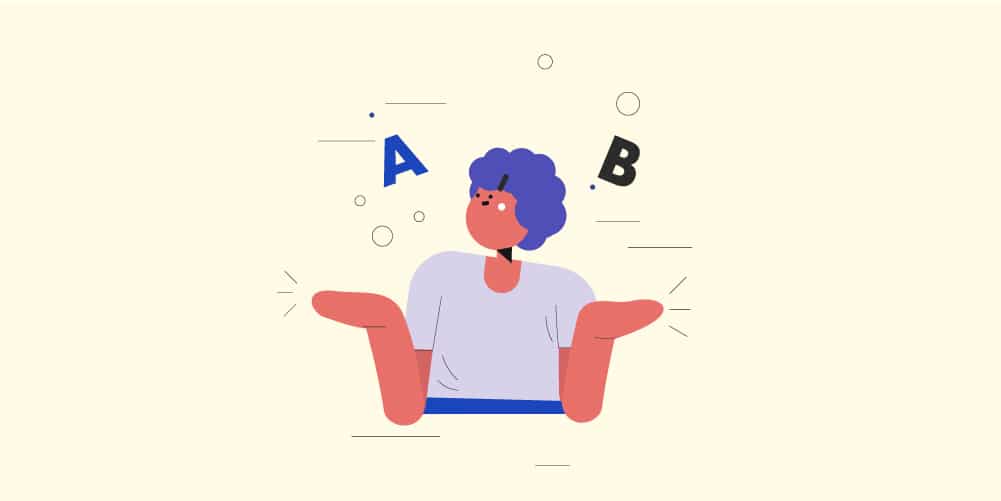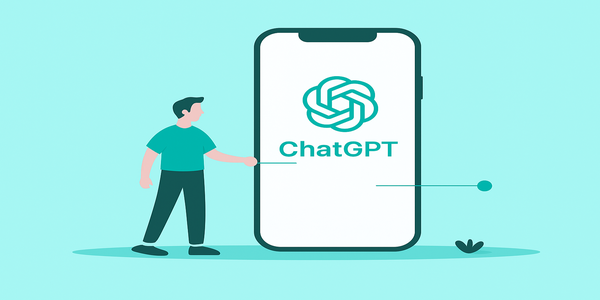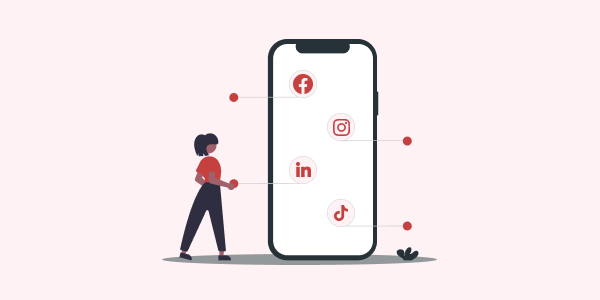Did you know that 90% of people have left a website due to poor web design? This statistic from indicates that web design has a powerful impact on conversion rates (the percentage of people who take an action after visiting your website).
The good news is that while bad website design sends people running elsewhere, good website design makes them stay. If you’re a sales or marketing manager feeling despondent about underwhelming conversion rates, get to work on your web design. Here’s how some improvements can turn more of those casual browsers into engaged, interested, paying customers.
1. Put your visitors first
It’s tempting to make your website all about you. After all, it’s a showcase of what you’re about, your products or services, and unique selling points. However, this is a mistake. Your website should be about your customers. Good web designers keep the visitor in mind every step of the way and will address their online needs by creating a customer journey map, a useful web design tool that aids user-centric design.
Customer journey mapping is a key element of any digital strategy that helps determine the people you’re targeting, the actions they’re likely to take before buying from you, and how your website fits in to their overall experience of interacting with you. It helps inform UX design choices, such as the wording of calls to action, the colour of buttons and the navigation of the site – all elements that can lead to increased conversions if aligned with your users’ needs.
Key takeaway: Put the visitor first and conversions will follow.
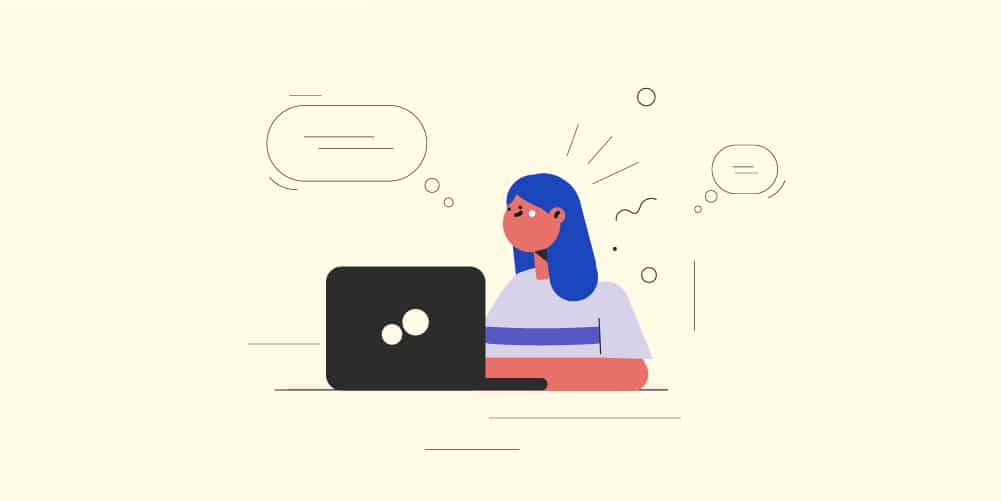
2. Design for different devices
Non-responsive websites look great on one device, or maybe even a couple, but the usability doesn’t always carry across to all devices, meaning that it might appear poorly designed to many of your visitors. While it’s easy to brush this under the carpet, Hubspot has found that 93% of people leave a website when it doesn’t display properly on their device, so unresponsiveness can really hurt your conversions. To avoid visitors taking one look at your site and saying “thank u, next”, moving onto a competitor, optimise your site for all devices to ensure they stick around and take action. We all know that mobile design is really important in this age of the smartphone, but don’t neglect traditional devices – 70% of people are still browsing using their desktop according to Hubspot.
Key takeaway: Responsive web design is vital to maximise conversions (and a key web design trend for 2021).
3. Sort out that site speed
Reducing the amount of time it takes your site to load sounds like a small change, but it’s one that will have an enormous impact on your conversion rates. According to Kissmetrics, a one second delay in page load time can result in a 7% reduction in conversions. While this may not sound like a lot, consider this: if you’re making $10,000 a day, that one second delay could cost you $250,000 in sales every year.
Good website design takes site speed into account and simple steps like removing unused code, reducing the number of redirects, enabling file compression and optimising images will improve your page load times. Every second, or even millisecond, you can knock off your page load times is making it more likely a visitor will take action on your website.
Key takeaway: Even small improvements to your site speed will have a significant impact on conversion rates.
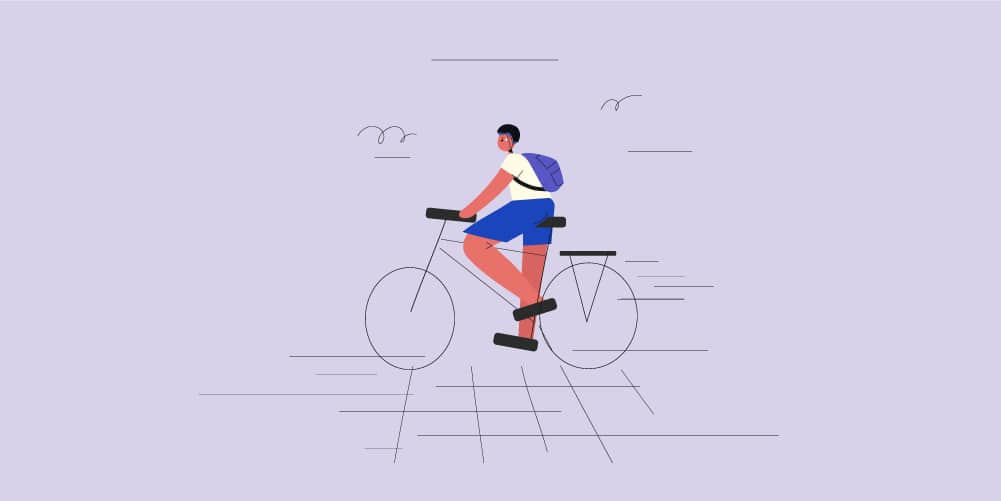
Bonus Tip: A/B Test To Find What Works
Finally, you won’t necessarily see an immediate uptick in enquiries after making changes. Some changes take time to see results, while with others you may need to conduct A/B testing to see what has the biggest impact. As digital marketing and SEO guru Neil Patel points out, A/B testing should be a continual process, but it’s necessary to make improvements to that conversion rate. Start small, be strategic about what you test and measure your results closely, making tweaks where needed based on what the data and analytics reveal. Over time, you’ll find what works, and this strategic method of testing could help generate as much as 300% more leads, according to business.com.
Key takeaway: Continual testing and optimisation will help you identify the changes necessary to improve conversions.
